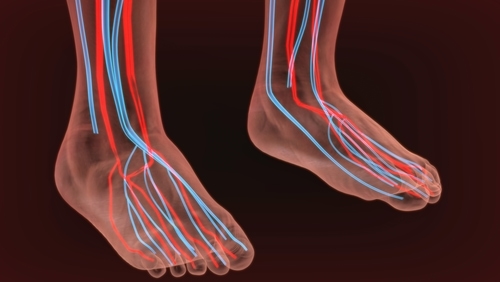Tis the season for witches and warts! But foot warts aren’t selective to green-faced brewers; even the cleanest mortals can fall prey to these nasty little growths.
Foot warts can be the most persistent, painful, and embarrassing nuisances, but sometimes it seems it would take a magic spell to be rid of them! But take heart, for the solution you seek is not in a black kettle, but right here on this page!
- What are foot warts?
If you don’t know what exactly a foot wart is, you are not alone. Many people still believe warts come from toads—not so. They are actually a virus. Unlike the viruses that plague us from the inside of our body, warts are very much visible on the surface of our skin. They are small, hard, grainy growths. Oftentimes you can see little black dots on the surface, which are the blood vessels feeding the growth (very vampire-esque).
The unsightly appearance of warts is not their only detestable trait; some warts can be agitating or even painful, especially those located on the bottom of your feet known as plantar warts. These warts can be mistaken for callouses or bunions since they do not rise up off the skin as much as other warts, particularly because they are being pressed down on when you walk—which is what makes them the most uncomfortable type of wart.
- How do you get foot warts?
Warts appear when your skin comes in contact with the wart virus and causes an infection. They most often develop in broken skin, such as a cuts or scratches. Cracked dry feet, for example, are susceptible to plantar warts, especially when walking bare-foot in a public area like a locker room shower.
Children develop plantar warts more commonly than adults, most likely due to their weaker immune systems, as well as the fact that they more commonly play with their shoes off and around other children or equipment that may be carrying the virus.
Warts are not loners. Like all viruses, they like to spread. So to add to their list of unpleasant qualities, warts can multiply–on your skin, your friend’s skin, your kid’s…anywhere they touch they make friends! This is why it’s critical to attack a wart virus as soon as it’s discovered and uproot it before it has a chance to colonize! Fortunately, this is not a fast-growing virus comparatively, so no need to panic when a wart makes its appearance! Just address it as soon as it’s noticed.
- How to Avoid Foot Warts:
- Wash skin regularly -namely exposed skin like hands and feet
- Keep hands and feet moisturized
- Wear sandals/flip-flops when using locker rooms or public showers
- Cover open cuts with bandages
- How to get rid of foot warts:
Oftentimes warts disappear on their own, but this usually takes a year or more! Some warts can be taken care of with over-the-counter treatment. But if this fails, you will need to seek medical care from a dermatologist, or in the case of plantar warts, a podiatrist.
No need to blend in with the witches and goblins this month (there’s face paint for that!). Take care of those pesky foot warts once and for all!



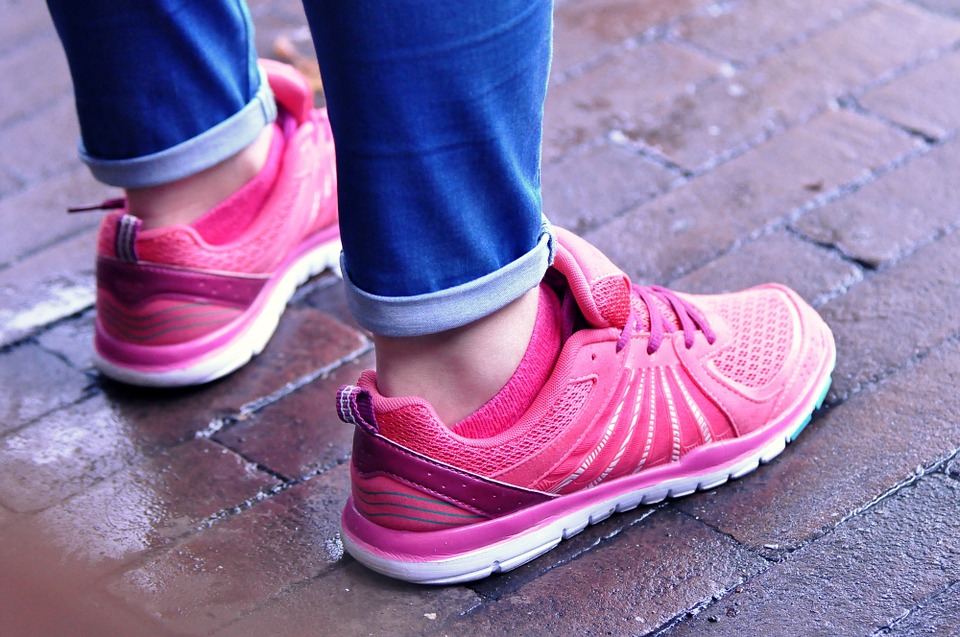
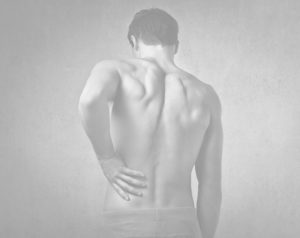

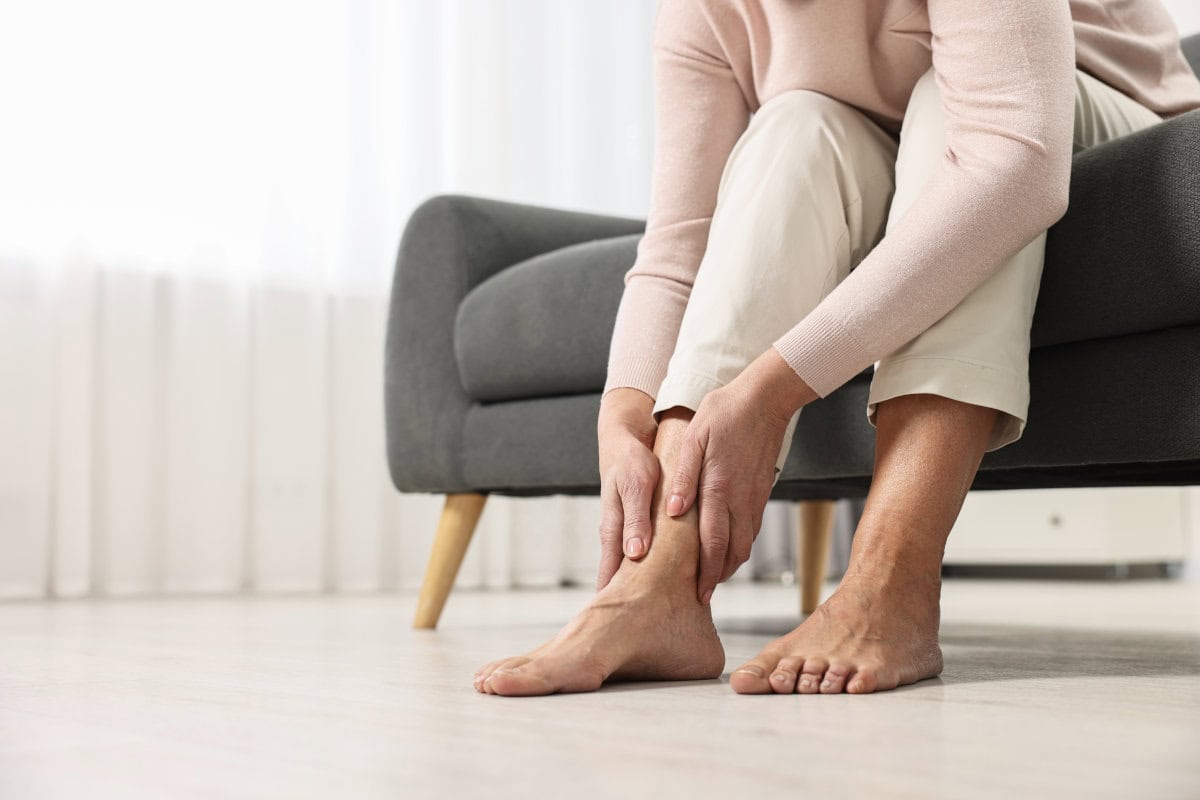
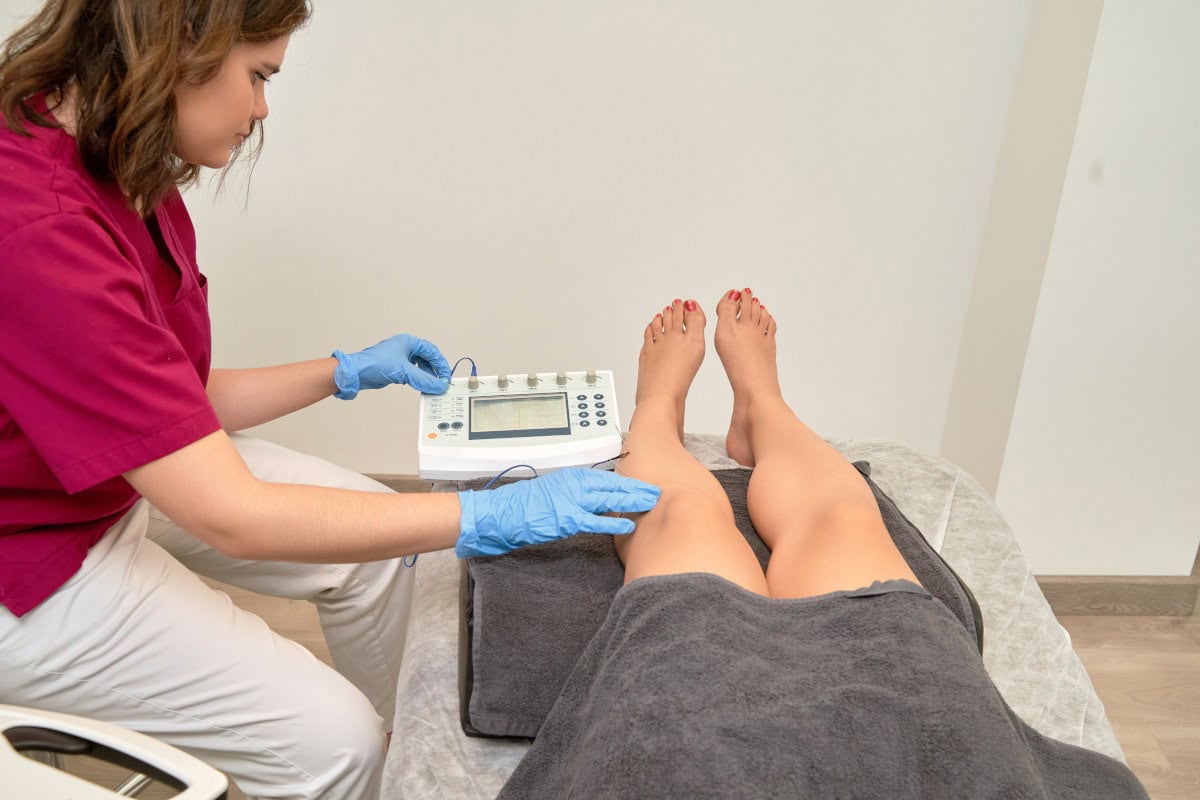


 hy. I had six surgeries with only a five-minute break between surgeries to celebrate Rhonda’s birthday (Rhonda has been our recovery room nurse for 10 years and she is absolutely the best! Patients and staff love her.)
hy. I had six surgeries with only a five-minute break between surgeries to celebrate Rhonda’s birthday (Rhonda has been our recovery room nurse for 10 years and she is absolutely the best! Patients and staff love her.)

